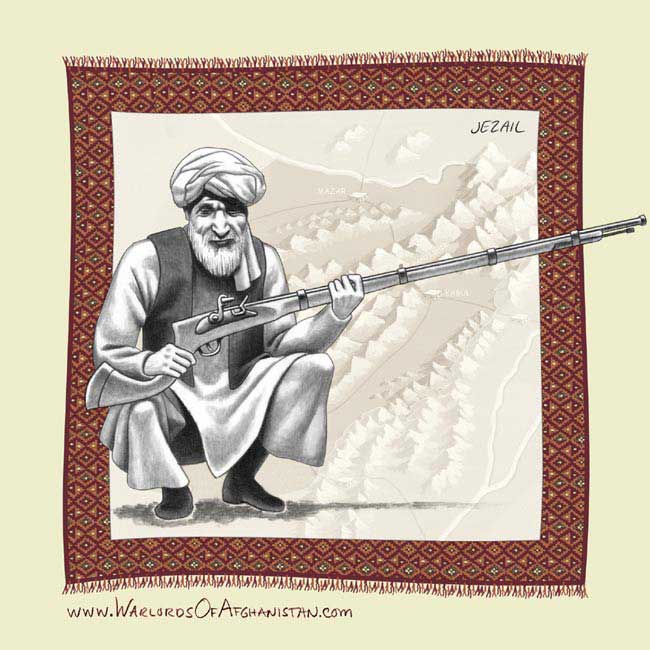I am sorry, but this is unacceptable. So all along, the Taliban have been paying more for it’s recruits than the Afghan Army has been paying theirs? Who dropped the ball on this one, because this is huge in my book. For any strategists who would like to learn a quick lesson on war and economics, especially coming from one of us ‘evil security contractors’, the math is simple. The locals will always go for the best deal possible, and if the Taliban are paying more, then of course they are going to join them.
It reminds me of the latest GAO report on the State Department’s problem with trying hire enough supervisors to manage the WPPS crew. If you pay so little for a position like this, what do you expect? Of course contractors are not going to sign up for such a thing. I love the phrase, ‘pay peanuts and you get monkeys’. Well in this case, the applicable phrase is that you ‘get what you pay for’.
Not to mention the fact that every village and tribe out there is hedging their bets right now as to who will be in charge a year from now, five years from now, ten years from now, and etc. If survival means working for their cousin up in the hills as a ‘little T’ or contract Taliban, and make a little money off the venture, then so be it. Until the government of Afghanistan can show that it is not corrupt and that it is willing to actually pay their guys a decent salary, then of course these folks are gonna go for the better deal.
The Afghan Army has to show capability as well, and if they lack motivation or discipline to accomplish the mission of killing the Taliban and company, then why would anyone want to join them? Success breeds success, and everyone likes a winner.
Glad to see someone woke up and realized that this needed fixing. I think the Army will definitely see an uptick in recruits and in retention, and in turn, less recruits for the Taliban. Duh.
The other question though is how long can we, I mean the Afghans, pay for these salaries? Unlike Iraq with it’s oil, Afghanistan really has nothing to pay for anything. –Matt
——————————————————————
Pay increase for Afghan troops boosts interest
APPLICATIONS ARE ON THE RISE
Obama strategy depends on well-trained force
By Glenn KesslerThursday, December 10, 2009
KABUL — A recent pay increase for Afghan troops and police appears to have resulted in a surge of applicants, said the top U.S. military official for Afghan security training.
Lt. Gen. William B. Caldwell IV, citing Afghan statistics, said 2,659 Afghans had applied to join the security forces in the first seven days of this month, about half of the month’s recruiting objective. In the three previous months, recruiting fell short of targets, with only 830 applicants in September, he said.
President Obama’s new strategy for Afghanistan, which calls for 30,000 U.S. reinforcements next year, depends heavily on the rapid development of a well-trained Afghan force that can begin to take over security from U.S. and NATO forces. Afghanistan has about 97,000 troops and 95,000 police officers, but they are poorly trained, have high turnover rates and are prone to corruption.
(more…)

